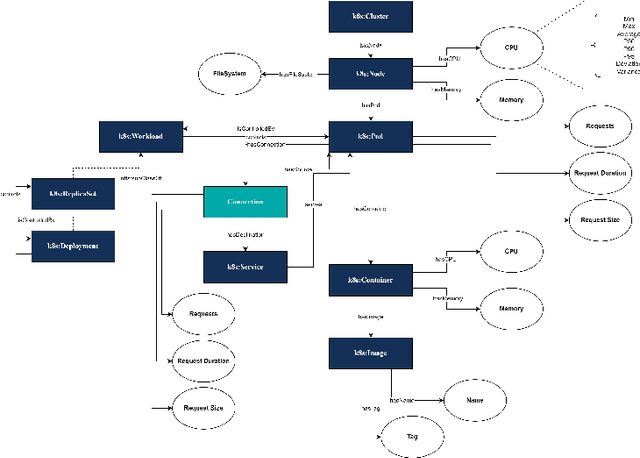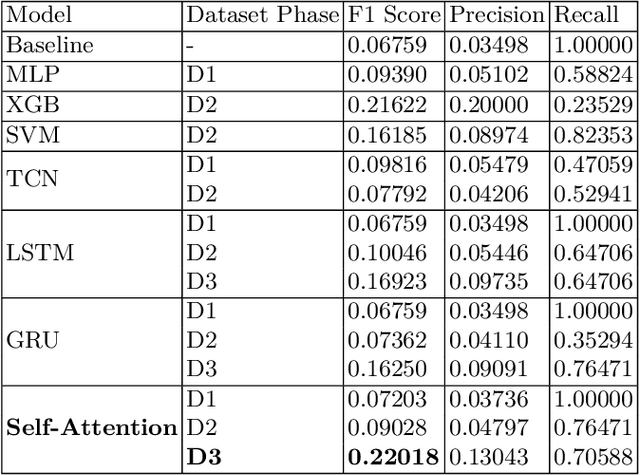A Methodological Report on Anomaly Detection on Dynamic Knowledge Graphs
Paper and Code
Aug 12, 2024


In this paper, we explore different approaches to anomaly detection on dynamic knowledge graphs, specifically in a microservices environment for Kubernetes applications. Our approach explores three dynamic knowledge graph representations: sequential data, one-hop graph structure, and two-hop graph structure, with each representation incorporating increasingly complex structural information. Each phase includes different machine learning and deep learning models. We empirically analyse their performance and propose an approach based on ensemble learning of these models. Our approach significantly outperforms the baseline on the ISWC 2024 Dynamic Knowledge Graph Anomaly Detection dataset, providing a robust solution for anomaly detection in dynamic complex data.
 Add to Chrome
Add to Chrome Add to Firefox
Add to Firefox Add to Edge
Add to Edge